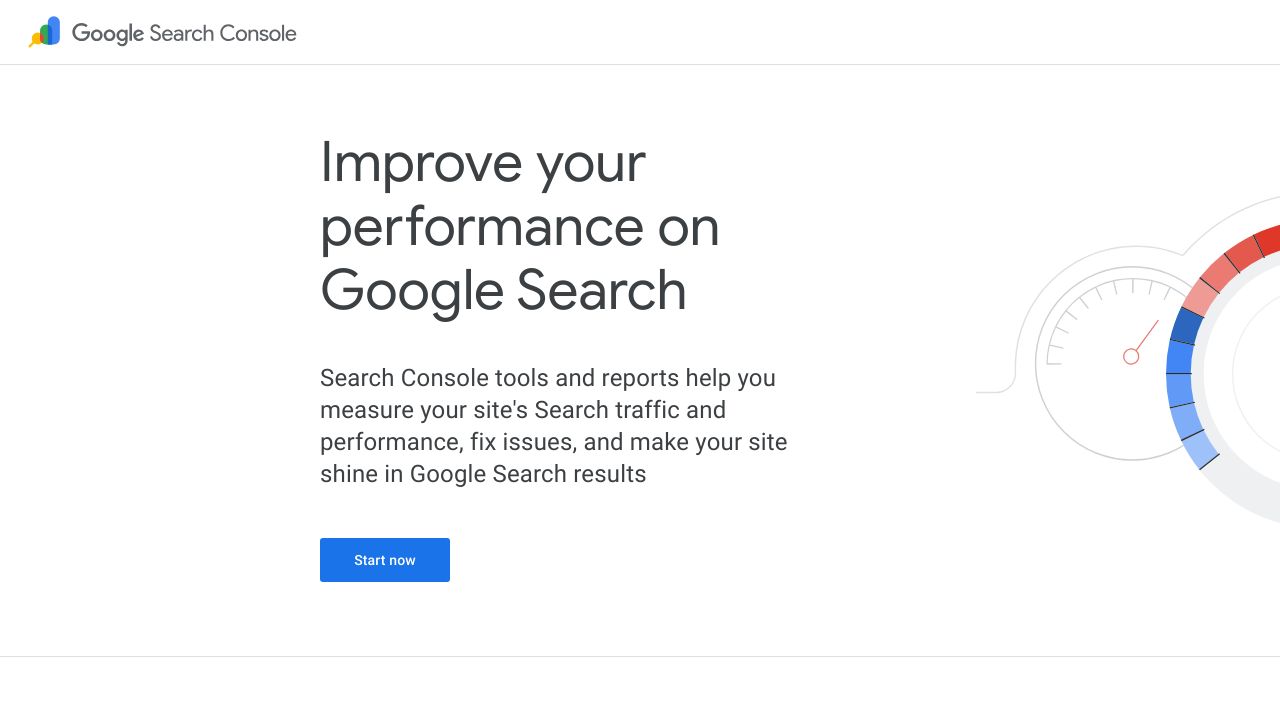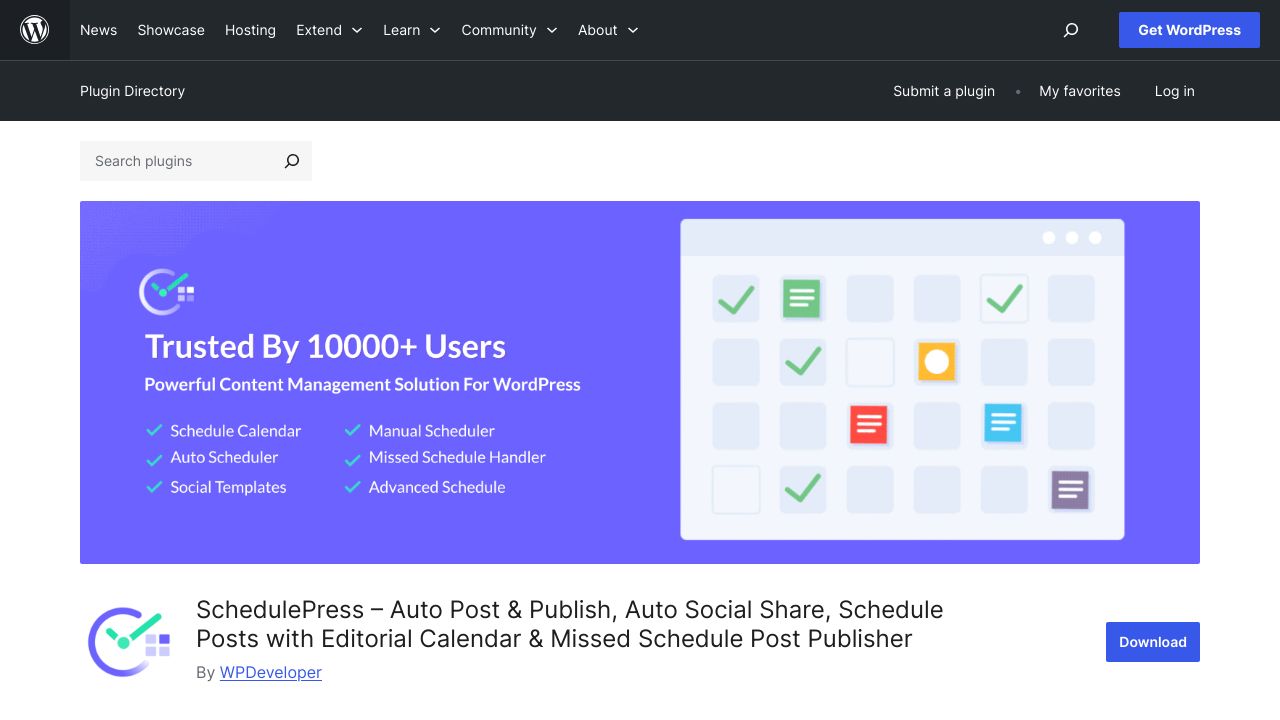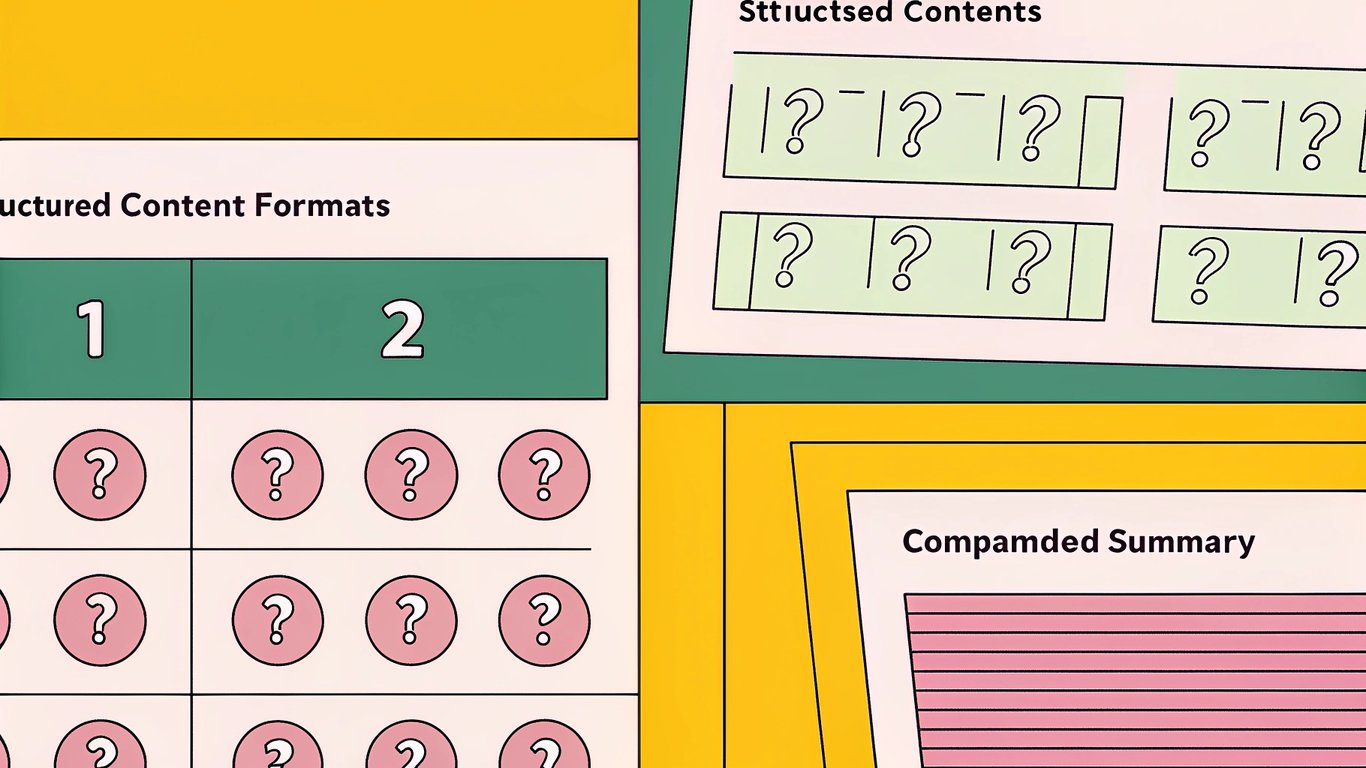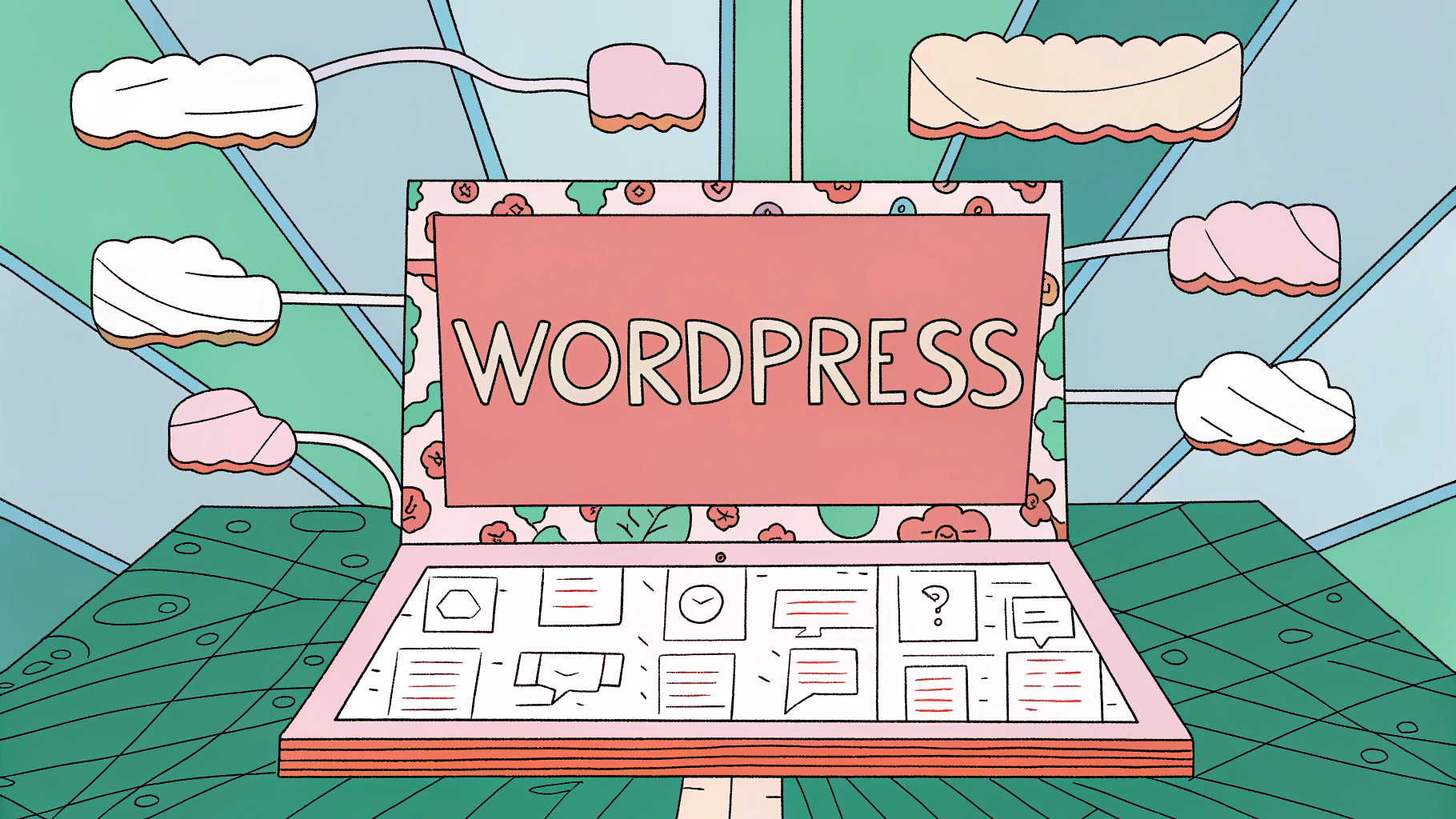The shift is happening faster than most people realize. Google's AI Overviews now appear in search results, and users increasingly turn to AI chatbots for quick answers. Your content needs to be structured not just for human readers, but for AI systems that will cite, summarize, and recommend your work.
Understanding AI-Powered Content Strategy Fundamentals
What Makes a Content Strategy AI-Powered

An AI-powered content strategy goes beyond traditional keyword optimization. It focuses on creating content that AI systems can easily understand, process, and cite. This means structuring information clearly, using semantic markup, and answering questions in formats that generative AI can extract and present to users.
Traditional content strategies target search engines through keyword density and backlinks. AI-powered strategies target both search engines and AI systems through structured data, clear hierarchies, and comprehensive topic coverage. The goal shifts from ranking for specific keywords to becoming the authoritative source that AI systems reference.
Benefits for WordPress Sites
WordPress sites have unique advantages in the AI content landscape. The platform's plugin ecosystem makes it easier to implement structured data, optimize for featured snippets, and create the kind of comprehensive content that AI systems favor.
- Better visibility in AI search results and overviews
- Increased citation rates from AI systems
- Higher engagement from users who find your content through AI recommendations
- Future-proofing against continued AI integration in search

Current AI Content Landscape and Trends
The content landscape changed dramatically in 2024 and 2025. AI Overviews now appear for many search queries, and platforms like Claude and ChatGPT are becoming primary research tools for many users. Content that gets cited in these AI responses sees significant traffic increases.
Users are also changing their search behavior. Instead of typing short keywords, they're asking complete questions and expecting comprehensive answers. This shift favors long-form, well-structured content that thoroughly covers topics.
Step 1: Conducting AI-Enhanced Content Audit and Research
Auditing Your Existing WordPress Content

Start by analyzing your current content through an AI lens. Look at which pieces are getting cited in AI responses or featured in Google's AI Overviews. Tools like Google Search Console can show you which content appears in featured snippets, a good indicator of AI-friendly structure.
Check your content for clear headings, bullet points, and direct answers to common questions. AI systems prefer content that's easy to parse and extract information from. If your existing content is mostly long paragraphs without clear structure, that's your first optimization opportunity.
AI-Powered Competitor Analysis

Use AI tools to analyze what your competitors are doing right. Ask ChatGPT or Claude to research your topic and see which sources they cite most frequently. These are the sites that have cracked the code on AI-friendly content structure.
Look for patterns in the content that gets cited. You'll probably notice these sites use clear headings, answer questions directly, and provide comprehensive coverage of topics rather than surface-level overviews.
Audience Research with AI Insights

AI analytics tools can reveal how your audience actually searches and consumes content. Look at the questions people ask AI systems about your topics. These natural language queries should inform your content creation.
Pay attention to the format preferences too. Some audiences prefer step-by-step guides, while others want quick summaries. AI systems can help you identify these patterns by analyzing engagement data and user behavior.
Step 2: Defining Your AI-Optimized Content Pillars
Identifying Core Content Pillars
Content pillars are the 3-5 main topics your site will be known for. In an AI-powered strategy, these pillars need to be broad enough to support comprehensive coverage but specific enough to establish clear expertise.
Choose pillars based on your business goals, audience needs, and competitive opportunities. Each pillar should represent a topic where you can create dozens of related pieces that link together and reinforce your authority.
Structuring Pillars for AI Discovery
AI systems look for topical authority and comprehensive coverage. Structure your pillars so each one has a main hub page that covers the topic broadly, supported by detailed sub-pages that dive deep into specific aspects.
Use semantic relationships between your pillars. If one pillar is "content marketing," related pillars might be "SEO strategy" and "social media marketing." This interconnected approach helps AI systems understand your expertise across related topics.
Creating Pillar-to-Cluster Content Maps
Map out how each pillar will expand into topic clusters. Your main pillar page should link to 10-20 supporting articles that cover specific subtopics in detail. These cluster pages should link back to the pillar and to each other where relevant.
| Pillar Topic | Hub Page | Cluster Examples |
|---|---|---|
| Content Marketing | Complete Content Marketing Guide | Blog writing, Video content, Email marketing |
| WordPress SEO | WordPress SEO Handbook | Plugin optimization, Site speed, Schema markup |
| Social Media Strategy | Social Media Planning Guide | Platform-specific tactics, Content calendars, Analytics |
Step 3: Establishing Your Content Cadence and Calendar
Determining Optimal Publishing Frequency
AI systems favor sites that publish consistently and comprehensively. Rather than publishing daily thin content, focus on weekly or bi-weekly comprehensive pieces that thoroughly cover topics.
Quality beats quantity in the AI era. One well-researched, 2000-word article that answers multiple related questions will perform better than five 400-word posts that barely scratch the surface.
AI-Assisted Content Calendar Planning
Use AI tools to identify seasonal trends and optimal timing for your content. ChatGPT can help you brainstorm content ideas for each pillar and suggest logical publishing sequences.
Plan your calendar so each pillar gets regular attention. If you publish weekly, rotate between pillars so each one gets fresh content monthly. This consistent coverage helps establish topical authority.
WordPress Automation and Scheduling
WordPress plugins like WP Scheduled Posts can automate your publishing schedule. Set up social media sharing, email notifications, and internal linking automation to maximize each piece's impact.
Consider using editorial calendar plugins that help you visualize your content pipeline and ensure balanced coverage across your pillars.
Step 4: Creating AI-Optimized Content for WordPress
Writing for AI Overviews and Generative Search
Structure your content so AI systems can easily extract key information. Use clear headings that match common questions, provide direct answers early in sections, and include relevant context.
Write in a way that makes sense when quoted out of context. AI systems often extract single paragraphs or bullet points, so each section should be self-contained and informative.
WordPress SEO Optimization for AI
Implement schema markup using plugins like Schema & Structured Data for WP. This helps AI systems understand your content's context and purpose.
Optimize your WordPress site's technical performance. AI systems consider page speed and user experience when determining which content to cite or recommend.
Content Formats That AI Favors
- FAQ sections that directly answer common questions
- Step-by-step guides with numbered lists
- Comparison tables with clear criteria
- Definition lists for technical terms
- Summary boxes highlighting key takeaways
These formats make it easy for AI systems to extract and present your information to users. They also improve user experience by making content scannable and actionable.
Step 5: Building Your Measurement and Analytics Framework
Key Performance Indicators (KPIs) for AI Content
Traditional metrics like page views and bounce rate don't tell the full story in an AI-powered world. Track featured snippet appearances, AI citation rates, and branded search increases as indicators of AI visibility.
Monitor engagement quality over quantity. Users who find your content through AI recommendations often have higher intent and spend more time engaging with your material.
WordPress Analytics Setup
Set up Google Analytics 4 with custom events to track AI-related traffic sources. Configure Search Console to monitor featured snippet performance and click-through rates from AI Overviews.
Use WordPress analytics plugins that can track internal linking effectiveness and content cluster performance. This data helps you understand which pillar strategies are working best.
AI Performance Monitoring Tools
Tools like SEMrush and Ahrefs are adding AI-specific tracking features. Monitor which of your pages appear in AI search results and track citation rates across different AI platforms.
Set up alerts for when your content gets cited by major AI systems. This helps you understand which content formats and topics are resonating with AI algorithms.
Implementation Timeline and Optimization
30-60-90 Day Implementation Plan
Days 1-30: Complete your content audit, define your pillars, and set up analytics tracking. Begin optimizing your highest-performing existing content for AI visibility.
Days 31-60: Launch your first pillar hub page and 3-5 supporting cluster articles. Implement schema markup and optimize technical SEO elements.
Days 61-90: Expand to your second pillar, analyze performance data from your first pillar, and refine your approach based on what's working.
Continuous Optimization Strategies
Review your analytics monthly to identify which content formats and topics are getting the most AI citations. Double down on successful approaches and experiment with new formats for underperforming pillars.
Update existing content regularly to maintain freshness and accuracy. AI systems favor current, well-maintained content over outdated information.
Scaling Your AI Content Operations
As your strategy proves successful, consider expanding to additional pillars or going deeper on existing ones. Use AI writing tools to help with research and first drafts, but always add human expertise and original insights.
Build templates and processes that make it easier to create AI-optimized content consistently. Document what works so you can train team members or freelancers to follow your successful approach.
The AI content landscape will keep evolving, but the fundamentals remain the same: create comprehensive, well-structured content that genuinely helps your audience. Focus on building topical authority through consistent, high-quality publishing, and you'll be well-positioned for whatever changes come next.



